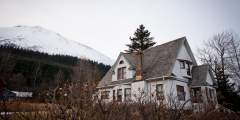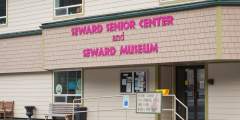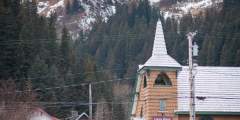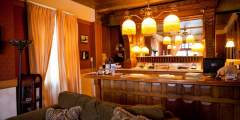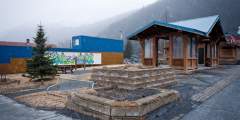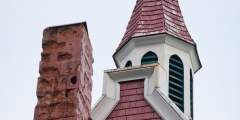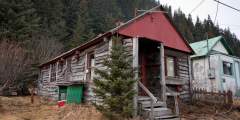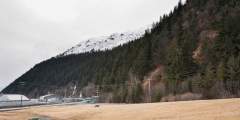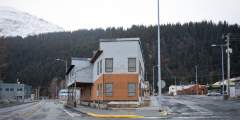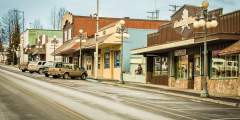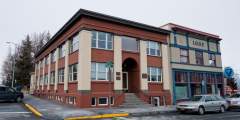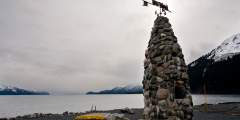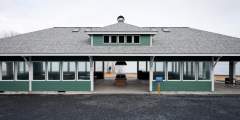Historic Seward Audio Guide
Take a walk through Seward’s rich history with Seward historian Doug Capra. From the little-known Russian colony, to Seward’s boom as the southern terminus of the Alaska Railroad, this audio guide will inform and entertain you with stories of Seward’s colorful characters.
Show Map
Points of Interest
When these houses were built, most before 1910, they represented some of the most expensive homes in Southcentral Alaska. Owned by railroad executives and bankers, they symbolized to the average Seward resident the prosperous times ahead.
The museum presents the chief events of Seward’s history through photographs, artifacts and documents. There is also a fine collection of Native baskets and ivory carvings on display. During the summer there are evening programs consisting of two slide shows: The History of Seward and The History of the Iditarod Trail. A special open house is held every August 28 in honor of the founding of Seward in 1903. Museum shop carries books by local ...more
Meet your guide in a quaint and historic place to either begin or end your Seward tour – an old Methodist and later a Lutheran church eventually converted into a coffee house. If you visit Seward on cold and snowy winter mornings, you’ll often find your guide here reading and writing.
This is not only the oldest hotel building in Seward, but one of the oldest in the state. Many famous people stayed here, and some say the ghost of a murdered women haunts this hotel. Next door is the Liberty Theater, built 1943 – 44. On the inside, both the hotel and the theater represent a glimpse into what life was like in Alaska’s territorial days.
The story of Harry Kawabe, a well-respected Japanese-American businessman, deserves a special place in Seward. His laundry, one of his many business enterprises, stood on this spot, and this park remembers his contributions to the Seward community and his time in a Japanese internment camp.
St. Peter’s Episcopal Church is the oldest surviving Protestant church building on the Kenai Peninsula. It was also the location of the first public school classroom in the town of Seward, and it housed a library reading room beginning in 1929. Soon after the town of Seward was established in the summer of 1903, a priest headquartered in Valdez began making periodic trips to Seward to hold services in a tent. The basement, or undercroft,… ...more
Like most seaport towns, Seward had ladies of the night from the town’s beginning. But in 1915, with the decision to start building the Alaska Railroad here, the town became concerned about the upcoming influx of construction workers. Seward decided to confine these ladies to a specific area, a place that became the town’s Red Light District. During prohibition it was also known for its moonshining, thus the nickname, Homebrew Alley.
Many people don’t think of Seward and Resurrection Bay as an early Russian settlement. But here is where the Russians built a ship yard in the early 1790’s, probably near this spot. This is also where the Lowell family first settled years before the town was established.
Built in 1909-10, this two-story building later became associated with one of Seward’s most beloved citizens – Sol Urie. An avid Seward promoter, Solly ran his bar and liquor store here.
Seward has one of the few relatively intact Main Streets in Alaska, and gives you a good idea of what the territory’s early coastal towns looked like. Despite two destructive fires, some of the town’s earliest buildings are still standing. In its early days, it was a rough and rowdy area, a place where one of Seward’s most famous mascots held sway – for a time.
Visit the site of one of the most famous shootings in early Alaska history – the spot where a U.S. Deputy Marshal was gunned down. We’ll also meet one of Alaska’s most respected lawyers and politicians.
When visitors think of the Iditarod Trail, they often think of Anchorage where the race’s ceremonial start takes place. But the trail actually begins in Seward, right here. This spot is also where the town’s first settlers landed back in August 1903.
The most catastrophic event in Seward’s history took place along the shoreline here. On March 27, 1964, the largest earthquake ever recorded in North America, and the tsunamis that followed, changed Seward’s history forever.

